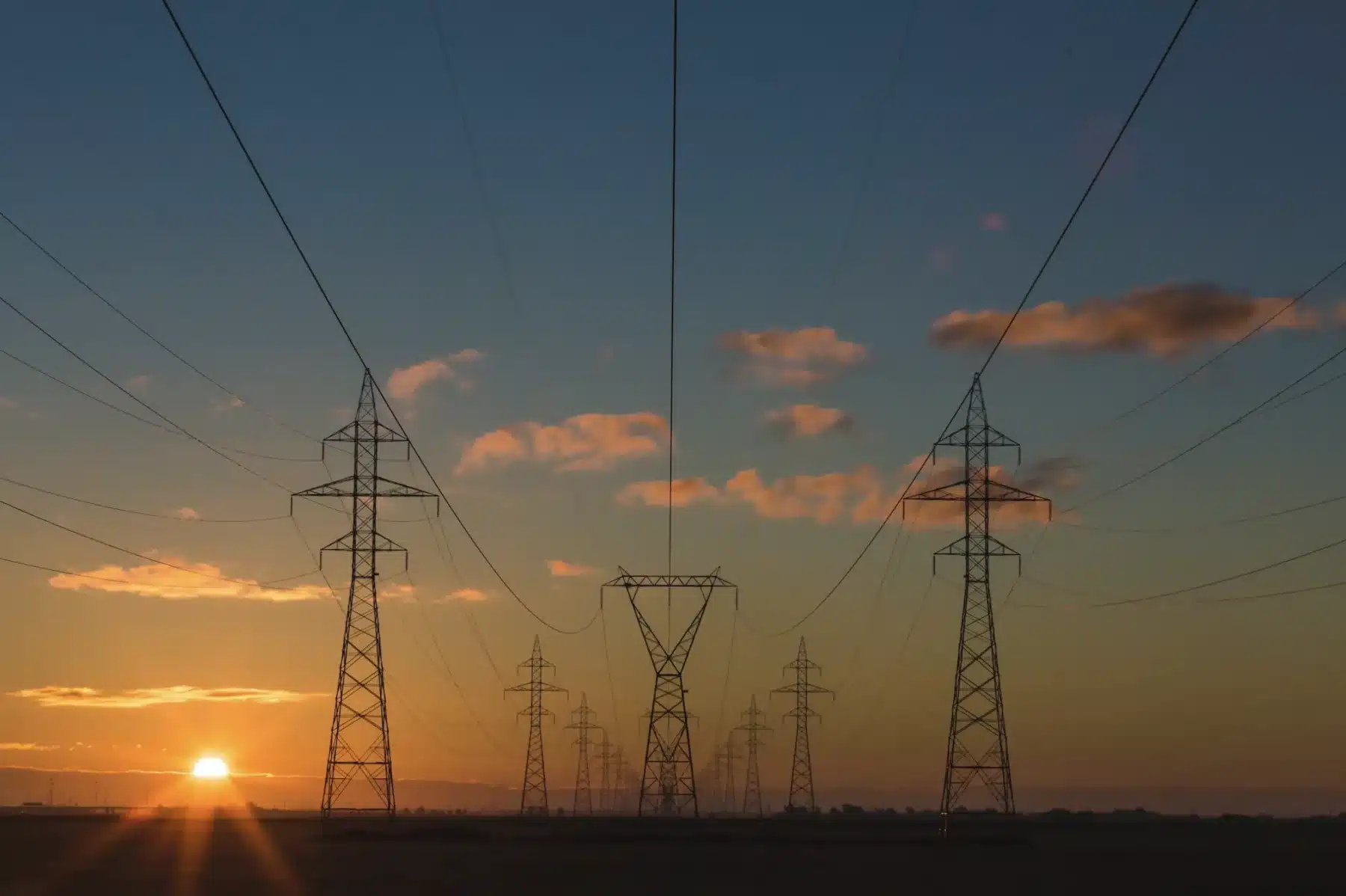Climate and energy
Copperstone aims to achieve energy-efficient processes by making conscious technical choices for vehicles and future means of transportation during project design and mine planning starting now. We will also set strict requirements for the electricity purchased.

Energy and climate impact
A natural part of Copperstone’s work is to contribute to society’s transition to fossil-free and reduce the global climate impact. Copper is a crucial component in this transition. Copperstone will work to create energy-efficient processes in its mining production, with the goal of using only electricity from fossil-free sources. We can reach that goal by making conscious technical choices for vehicles and future means of transportation during project design and mine planning. We will also set strict requirements for the electricity purchased. The vehicles that Copperstone uses in the project today are powered by HVO diesel, which contains at least 21 per cent renewable fuel and can amount to over 50 per cent. In production, our ambition is to use electrified vehicles where possible, and in all other cases to use alternative fossil-free fuels.
Copperstone reports emissions with a focus on scopes 1 and 2 in accordance with the Greenhouse Gas Protocol (GHG Protocol). Scope 1 includes direct emissions from operations in the form of fuel consumption from our own vehicles. Scope 2 includes indirect emissions in the form of electricity, heating, cooling and steam. Currently, we do not report scope 3, which includes emissions in the value chain both upstream and downstream.
Biodiversity-friendly energy production
Our ambition is to set specific requirements for origin labelling and biodiversity awareness when purchasing electricity. In doing so, we help to increase the demand for this type of electricity, with the further aim of raising awareness of how biodiversity can be affected by electricity production.
Goals
- Prioritising fossil-free transport and vehicles in production
- Annually increasing the efficiency of the total energy consumption in the business
- Low carbon dioxide emissions in line with the Paris Agreement’s target of a 1.5 degree global temperature increase
- 95% of consumption consisting of origin-labelled, self-produced or recycled energy